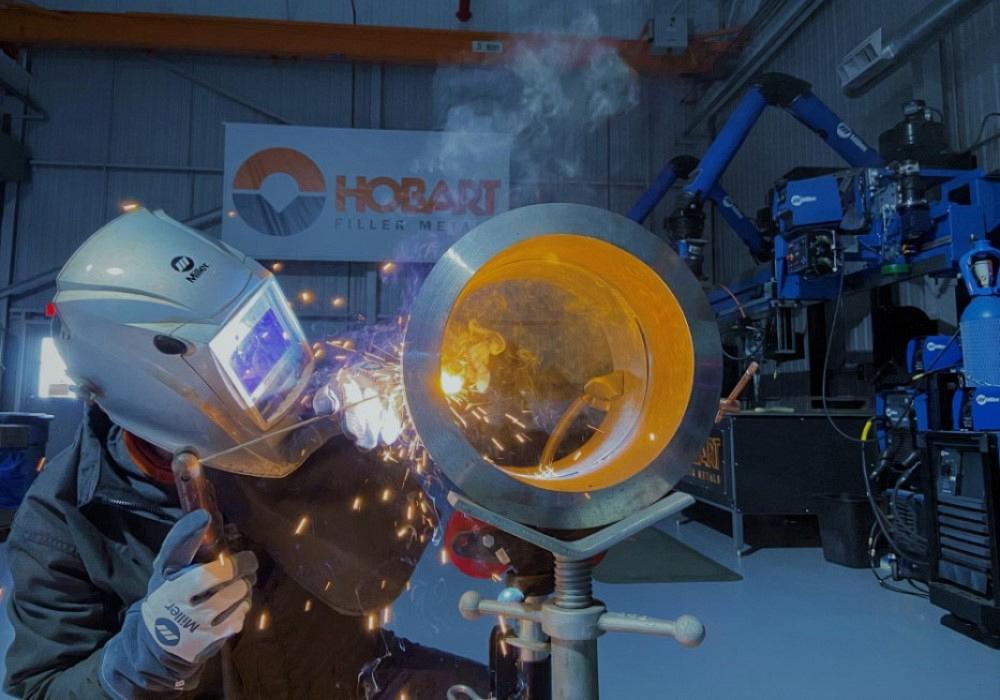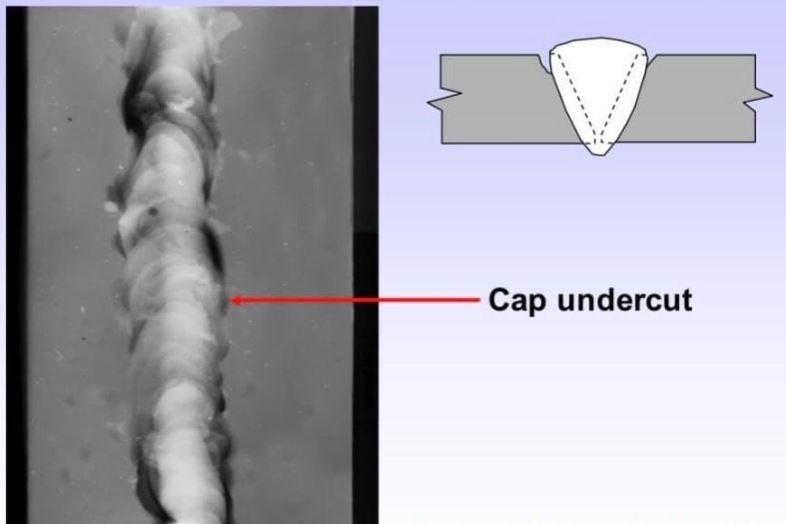Essential Tips for Welders: Stopping Undercut Welding and Ensuring Stronger Weld Joints
In the world of welding, achieving long lasting and strong weld joints is the keystone of generating high-quality work. Nevertheless, one typical difficulty that welders often experience is undercut welding, which can jeopardize the stability of the weld joint. By understanding the factors that contribute to undercutting and implementing the right techniques and precautions, welders can efficiently avoid this problem and guarantee the long life and stamina of their welds. Let's explore some important suggestions that can help welders browse this obstacle and boost the high quality of their welding tasks.

Comprehending Undercut Welding
Undercut welding is an usual welding issue that takes place when the weld metal falls short to appropriately load the groove and leads to a groove-like clinical depression along the weld bead. This defect deteriorates the weld joint, making it susceptible to splitting and failing under tension. Damaging can be caused by different factors, including too much welding current, high welding speed, incorrect electrode angle, wrong electrode size, and bad welding strategy.
One of the primary factors for undercut welding is an inequality between the welding present and the welding rate. If the welding current is too high or the welding rate is also quickly, the weld metal may not effectively fill the groove, resulting in undercutting. Furthermore, utilizing an electrode that is also huge can result in a similar outcome, as the excess metal can not appropriately move into the groove.
To stop undercut welding, welders ought to ensure they are utilizing the right welding criteria, keep an appropriate electrode angle, select the suitable electrode dimension, and technique correct welding methods. By addressing these factors, welders can reduce the risk of undercutting and create stronger, more reputable weld joints.
Correct Welding Strategy
Reliable welding method plays a critical duty in making certain the top quality and honesty of weld joints. Correct welding strategy includes a combination of skill, precision, and adherence to finest methods. One fundamental aspect of correct welding method is maintaining the right angle and distance in between the welding weapon and the workpiece. Welders must additionally pay attention to the traveling speed and heat input to avoid concerns like undercutting, porosity, or incomplete blend.
Furthermore, a consistent and constant hand movement is crucial for producing strong and long lasting weld joints. Welders should go for smooth, uniform movements to ensure even circulation of the weld material. Correct manipulation of the welding weapon and filler material is also crucial to achieving ideal infiltration and combination.
In addition, controlling the warm input and selecting the ideal welding specifications based upon the material being welded are essential consider attaining top notch welds - Preventing weld undercut. Welders should comply with the advised settings offered by welding treatment requirements and adjust them as needed based on the certain requirements of the job. By understanding proper welding techniques, welders can substantially improve the toughness and reliability of their weld joints
Selecting the Right Electrode
When considering the significance of selecting the appropriate electrode in welding applications,Maintaining the appropriate angle and distance between the welding gun and the workpiece is fundamental. The option of electrode plays a vital duty in determining the quality and strength of the weld joint. Electrodes are available in various types, each developed for details purposes and materials.
Firstly, picking the appropriate electrode size is crucial. Thinner electrodes are appropriate for welding slim products, while thicker electrodes are better for thicker products and higher heat applications. Matching the electrode size to the density of the work surface assists accomplish a balanced weld.
Second of all, recognizing the product structure of the electrode is crucial. Various electrodes are developed for welding particular materials like steel, stainless steel, aluminum, or cast iron. Using the correct electrode product makes certain excellent combination and lessens the danger of problems in the weld.
Lastly, taking into consideration the welding placement and method is important when choosing the electrode kind. Certain electrodes are much better suited for overhead or upright welding settings, while others work well for level or horizontal placements. Choosing the right electrode based upon the welding technique improves the total weld quality and honesty.
Preparing the Base Steel
To guarantee an effective welding process, what first steps should be taken when preparing the base steel for welding? Correctly preparing the base steel is important for achieving solid and durable weld joints. The primary step in preparing the base metal is to clean it extensively to eliminate any kind of contaminants such as corrosion, paint, dirt, or oil. This can be done utilizing a cable grinder, brush, or chemical solvents. Additionally, any kind of existing weld product or residue from previous welding need to be removed to make certain a clean surface area for the brand-new weld.

Performing Post-Weld Assessments

After conducting these analyses, welders have to contrast the outcomes against market standards and project needs to make certain that the weld joint fulfills all needed requirements. Any insufficiencies or variances found during the post-weld examination needs to be immediately dealt with through appropriate rehabilitative procedures to ensure the weld's integrity. By faithfully doing post-weld evaluations and without delay attending to any issues, welders can promote the high quality and reliability of their job, ultimately adding to the security and longevity of the welded frameworks.
Final Thought

Finally, protecting against undercut welding and making sure stronger weld joints need a mix of appropriate welding strategy, choosing the appropriate electrode, preparing the base metal correctly, and performing post-weld inspections. By comprehending the causes of undercut welding and carrying out the necessary safety measures, welders can generate premium weld anchor joints that fulfill market standards and guarantee the architectural integrity of the welded elements.
Undercut welding is an usual welding problem that happens when the weld steel fails to effectively fill the groove and results in a groove-like anxiety along the weld grain (Preventing weld undercut). Damaging can be caused by various aspects, consisting of excessive welding current, high welding speed, incorrect electrode angle, wrong electrode dimension, and inadequate welding technique
One of the primary reasons for undercut welding is an inequality in between the welding existing and the welding speed. If the welding current is too high or the welding speed is also quick, the weld metal may not effectively fill up the groove, leading to undercutting.Maintaining the correct angle and distance between the welding gun and the workpiece is fundamental when taking into consideration the value of choosing the ideal electrode in welding applications.
Comments on “Your Complete Manual to Preventing Weld Undercut Like a Pro”